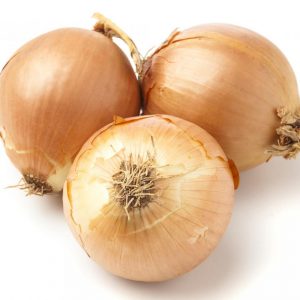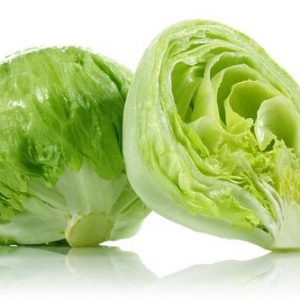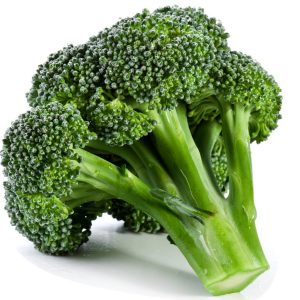
Tomato
£15.00 £10.00
Quick description:
The tomato (Solanum lycopersicum) is a fruit from the nightshade family native to South America. Despite botanically being a fruit, it’s generally eaten and prepared like a vegetable.Scientifically speaking, a tomato is definitely a fruit. True fruits are developed from the ovary in the base of the flower, and contain the seeds of the plant (though cultivated forms may be seedless). Blueberries, raspberries, and oranges are truefruits, and so are many kinds of nut.
Availability:
In Stock




